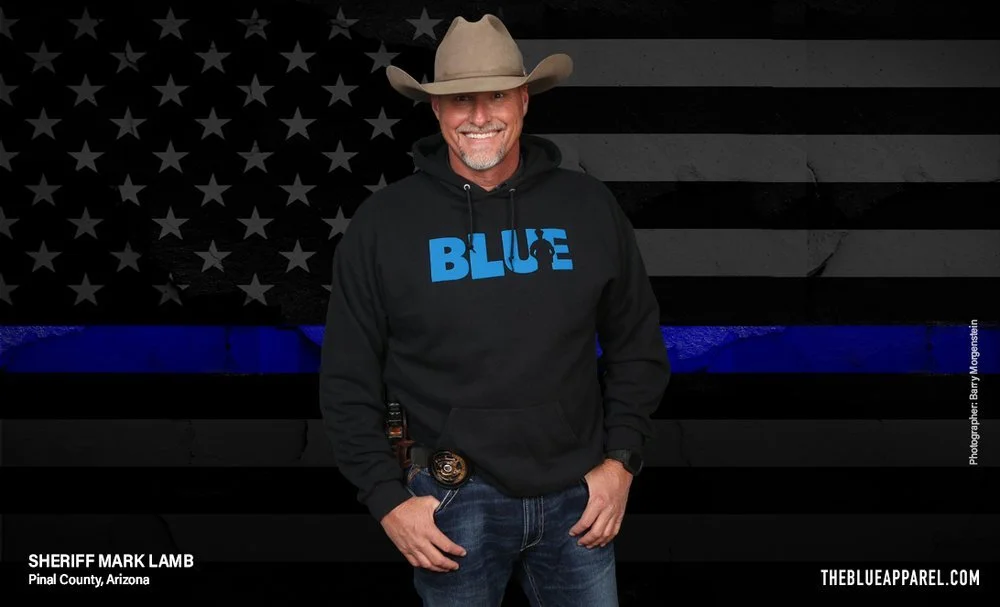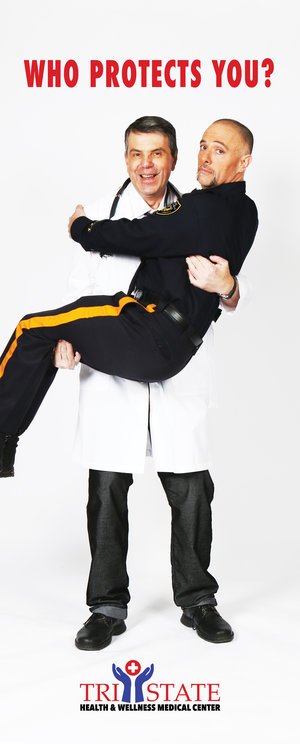ARE YOUR KIDS SAFE?
/SNEAK PEEK OF AN EXCLUSIVE INTERVIEW WITH LT. SCIORTINO FROM THE NEW JERSEY STATE POLICE
Blue: What happens if a kid receives an image on their phone that's explicit and it's involving a child, what law is in violation? For example, if that child forwards that photograph to his friends or other people?
LT. Sciortino: It has happened. CSAM (child sexual abuse material), formerly known as child pornography. But that's the acronym we go with now. If somebody receives SAM and they don't know what to do, we've had it where they panic. They want to send it to their parents or to a teacher, or to law enforcement. Don't do that. That's distribution. Technically it would be the distribution of child sexual abuse material. We tell everybody to memorialize that. Keep it on your phone and then report it to the police. Police have to see it and make a determination. Does that meet the requirements of child sexual abuse material? The age requirements. Police have to look at it. It now all depends on what platform you're on.
Blue: The internet crimes that are being committed against children, are they usually repetitive offenders?
LT. Sciortino: So you have a lot of repetitive offenders that you know they get out and maybe they're waiting for trial or sentencing. But with the way technology is, people can go on anonymously and they can still commit the crime. One of the worst cases that I did when I was a junior detective, the suspect was locked up years ago using AOL to send child abuse material and then we fast forward about 10 years later and he was hands-on abusing infants and toddlers.
Blue: For example, with Facebook, how fast do they discover these type of crimes and report it?
LT. Sciortino: They're getting a lot too, they got a lot going on. There could be stuff that's right away and then there could be stuff they didn't get to it. They have to prioritize the amount they have to do. We have these tips I mentioned, we have what we call different priorities. If we get a high priority one, it looks like it's imminent danger where Kids going to be hands on. They will get that to us immediately.
" I made a comment where I said, I don't get this, and he said, it's good because if you did, we'd probably be investigating you if you understood it... I can tell you this much that sometimes if you've been abused, that cycle continues and some people will think like, oh, I would want to make sure that doesn't happen. And there are people who say, hey, I was abused. I'm going to be an advocate to make sure this stops. But then there's others that continue that cycle and that's what gets in their head. They were trained, groomed and just the cycle continues. So if I had to point to one little thing, l'd say that because we have seen that, we've seen suspects say, this happened. It happened to me. "

































































